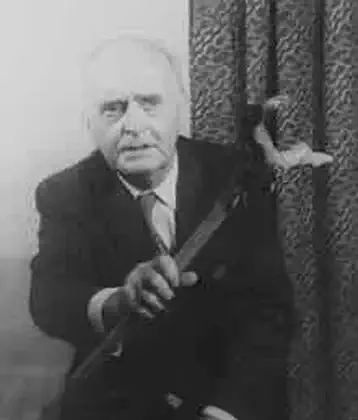On December 08, 1542 in Celtic History
Mary stuart queen of scots born

Mary Stuart, (8 December 1542 – 8 February 1587), also known as Mary, Queen of Scots, was born on December 08, 1542. She was born at Linlithgow Palace in Scotland to James V of Scotland and his French wife, Mary of Guise. Mary Stuart became one of the most famous and tragic figures in Scottish and Tudor history. She was also known as Mary Stuart or Mary I of Scotland, was Queen of Scotland from 14 December 1542 until her forced abdication in 1567.

Mary Stuart’s life was marked by political and religious turmoil, and she became queen at just six days old following the death of her father. Her marriage to Francis II of France in 1558, when she was only 15, further intertwined the histories of Scotland and France.
The only surviving legitimate child of James V of Scotland, Mary was six days old when her father died and she inherited the throne. During her childhood, Scotland was governed by regents, first by the heir to the throne, James Hamilton, Earl of Arran, and then by her mother, Mary of Guise.
Married
In 1548, she was betrothed to Francis, the Dauphin of France, and was sent to be brought up in France, where she would be safe from invading English forces during the Rough Wooing. She became queen consort of France from his accession in 1559 until his death in December 1560.
Return to Scotland
Widowed, Mary returned to Scotland in August 1561. The tense religious and political climate following the Scottish Reformation that Mary encountered on her return to Scotland was further agitated by prominent Scots such as John Knox, who openly questioned whether her subjects had a duty to obey her, including conflicts between Catholics and Protestants.
Abdication
Her tumultuous reign and her eventual forced abdication in 1567 led to her imprisonment in England by her cousin, Queen Elizabeth I of England.
Death
Mary’s life came to a tragic end when she was executed on February 08, 1587, at Fotheringhay Castle in England. Her death was ordered by Elizabeth I due to Mary’s involvement in various plots against her cousin’s throne.
Mary Stuart’s life and death are subjects of historical fascination, and her story has been retold in numerous works of literature, drama, and film over the centuries.
More From This Day

Four senior IRA men executed by the Provisional Government are executed without trial
December 08, 1939





James Hoban, the Kilkenny architect who designed the White House, died
December 08, 1831